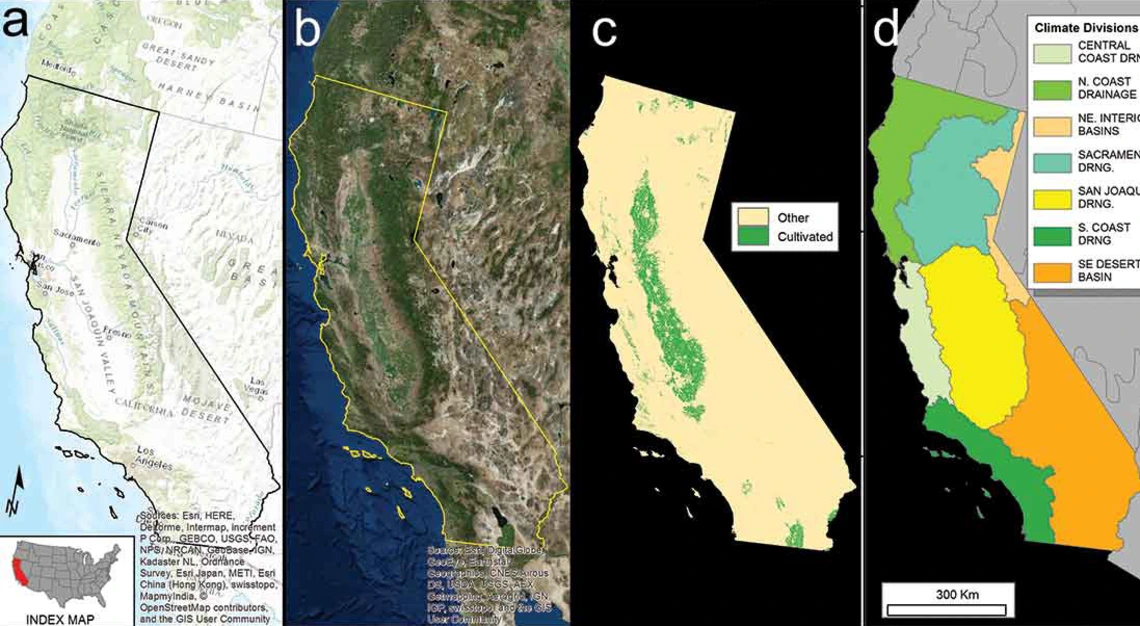
When
Where
Speaker(s)
An important metric to monitor for optimizing water use in agricultural areas is the amount of cropland left fallowed, or unplanted. Fallowed croplands are difficult to model because they have many expressions; for example, they can be managed and remain free of vegetation or be abandoned and become weedy if the climate for that season permits. Western Geographic Science Center researchers used 250 m, 8-day composite Moderate Resolution Imaging Spectroradiometer (MODIS) normalized difference vegetation index (NDVI) data to develop an algorithm that can routinely map cropland status (planted or fallowed) with over 75% user’s and producer’s accuracies. The technique compares the current greenness of a cultivated pixel to its historical greenness and to the greenness of all cultivated pixels within a defined spatial neighborhood, and is therefore transportable across space and through time. The research is part of DOI’s WaterSMART (Sustain and Manage America’s Resources for Tomorrow) Program that is working to achieve a sustainable water strategy to meet the Nation’s water needs. Timely and accurate knowledge of the extent of fallowing can provide decision makers with insights and knowledge to mitigate the impacts of drought and provide a scientific basis for effective management response. The results are published in GIScience & Remote Sensing. Contact: Cynthia SA Wallace
Cynthia Wallace is a Research Geographer with the USGS Western Geographic Science Center who conducts interdisciplinary studies into areas of concern for natural resource management, such as invasive species, environmental change, water and food security, natural hazards and sustainability. Her research uses satellite imagery, spatial analysis and geographic information system (GIS) technologies to map natural phenomena and characterize the complex spatial and temporal variability of landscapes. She earned a PhD in Geography and Regional Development here at the University of Arizona, with a BS (Geology and Math) from the University of Minnesota- Duluth and an MS (Geology) from the University of Wisconsin - Madison.

